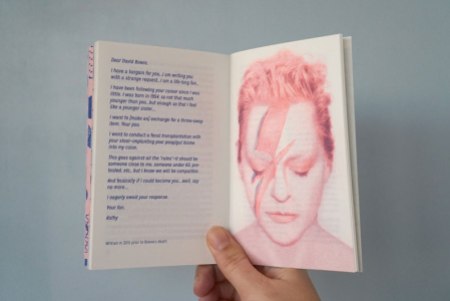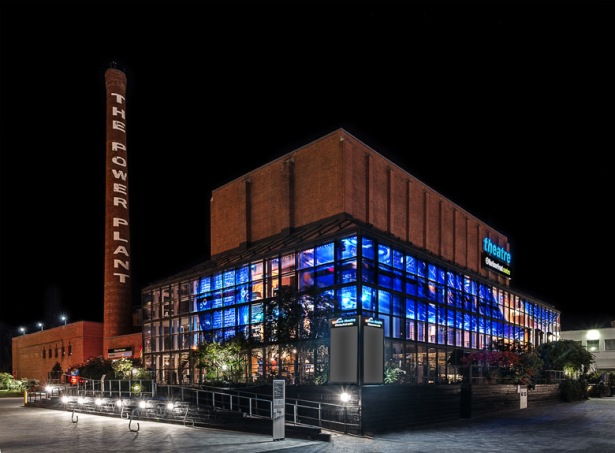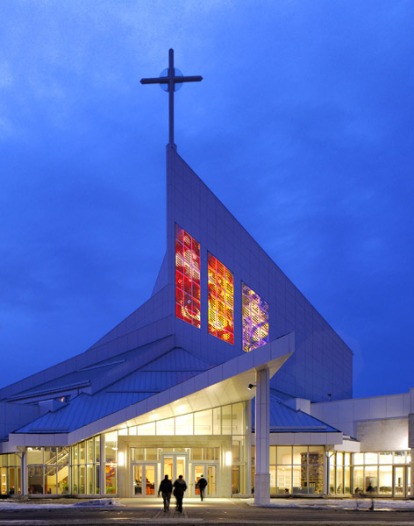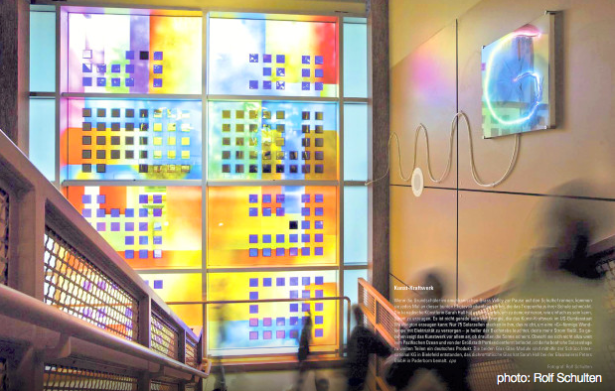This post comes from the Artists and Climate Change Blog
Since November, I’ve been engaging in more and more conversations around climate. Some formal, like the series of Environmental Justice Roundtables at The Lark, and the formation of Climate Lens (a collective of theatre-makers connecting on climate issues); others informal, like brainstorming with my collaborators about addressing climate issues through our theatre practices. These conversations, in their various forms, are inspiring in the sense of like-minded individuals sharing experiences and support toward bettering our collective future as humans on Earth. More than the “echo chambers†of social media, these in-person discussions make manifest a harness-able positive energy. It is increasingly easy to succumb to fear and discouragement, but I remain steadfast in the power of narrative to buoy us through these dark times, and want to reclaim narrative around issues of power itself to persist in the path to justice.
A majority of Americans are in support of governmental regulations on climate issues, yet the current administration wants to draw back what measures have already been put in place, because why listen to science anyway?! There are also climate denial conferences, like this month’s Conservative Political Action Conference, focused on diminishing the negative impacts of increased carbon in the atmosphere, in turn misrepresenting scientific consensus on what more carbon dioxide means for various life forms on Earth. What can be done to elevate our daily conversations to overcome the will of the powers-that-be? This month, I was inspired by Nicholas Kristof’s Op-Ed piece in the New York Times, And Jesus Said Unto Paul of Ryan, a commentary on the U.S. health care battle. I wanted to take a stab at a mythical conversation between a couple of the men in power, and my ideal of a positive shift in their positions on an issue for which they have such sway.

Rex Tillerson and Scott Pruitt are seated at a bar, unwinding with tall cocktails after a long, hard day at the office. Raising their glasses, they toast each other on their current positions: Tillerson – former ExxonMobil CEO – as Secretary of State for Trump’s USA, and Pruitt – former Oklahoma Attorney General – as Head of the Environmental Protection Agency. Rex indicates with his glass: “Cheers, Scotty, to another day of fossil-fueled success.†In return, Scott raises his: “To a future where the environment is ours!â€
Upon the clinking of their glasses, a gust of wind rustles their salt-and-pepper hairs. Mother Nature bursts onto the scene, surrounded by a posse of interspecies collaborators. Discombobulated yet curious, Tillerson and Pruitt trail Mother Nature, observing her various encounters.
“What is she doing? What could she be thinking?†Tillerson and Pruitt mutter to themselves, as Mother Nature becomes the life of the party among a group of climate scientists.
“They say they are carbon-based life forms, that if they control carbon, they control life,†Mother Nature starts. “Well, they are right about carbon as necessary for life, but controlling life? It’s a misrepresentation, an alternative perspective with no testable evidence.†The climate scientists join her in flabbergasted chatter about “global greening†as an excuse to continue business-as-usual, blinded to human impact on the environment.
“We’ll tax the carbon, we’ve already got that plan in the works,†says Scott, leaning into Rex. Rex nods, adding “Taxes will get the job done! We don’t need any of those pesky regulations; they crush American businesses.â€
Mother Nature turns on the punitive men: “Rex, your former position at the top seat of one of the world’s largest oil organizations illuminated the threat of mounting carbon dioxide levels. You now occupy a top seat in the executive branch. Speak out against Trump’s gutting of the Clean Power Plan!†Mother Nature whirls him around, unveiling images of devastation across the globe.
“And you!†Mother Nature gusts to Scott: “You’ve initiated, signed onto, or filed briefs in fourteen different lawsuits challenging the EPA’s climate regulations. And you think you’re apt to head the agency yourself? We are watching.†Again, she leaves the men whirling, finally able to see for themselves that they have a stake in the threat of large-scale inaction.
She makes her way to a throng of renewable energy workers. Rex and Scott are fixated. “Solar panel installers? Wind turbine salesmen? What’s American about that?†Pruitt whines. “The real American jobs come from real American pipelines!†Tillerson adds. Mother Nature guides them by the shoulders, “It’s not just about America. Pipelines run through Canada, using steel from across the world. Consider the images I have laid out for you. To recuse yourself from a decision on the Keystone XL Pipeline, Rex, is irresponsible, given what you know of the potential dangers from your time at Exxon. Renewable energy projects harness what is already coming straight to America. They work with Americans and for Americans.†And just as quickly as she arrived, Mother Nature is gone in a gust. Rex and Scott take in a breath, for the first time savoring the clean air afforded to them, their heads still spinning with the images, and their roles – our role as privileged Americans – in a broader context.

As Spring tentatively approaches in the Northeastern United States, I’m looking forward to conversation, with the environment, about the environment, and concerning the stories we tell about ourselves. My practice as a theatre maker revolves around narrative, and I am seeking now more than ever narratives that empower the vulnerable (human and non-human), that imagine a world where power is distributed equitably. I’m also looking forward to engaging with Mother Nature and her cohort at some upcoming Marches, including the March for Science on April 22 and the People’s Climate March on April 29. Physical displays of community, solidarity, joy, and persistence towards justice. My collaborators and I are sketching out creative elements to offer to these gatherings, ways to use our practice in narrative to target specific climate-justice concerns in support of these marches’ broader message. I look forward to sharing these creative actions as they come together next month. And persisting all the while!
Take Action
Stay up to date on the issues with Countable. Continue contacting your representatives – local, state, and federal. Resistbot makes it as easy as sending a text to share your feedback with your Congresspeople.
About Artists and Climate Change:
Artists and Climate Change is a blog that tracks artistic responses from all disciplines to the problem of climate change. It is both a study about what is being done, and a resource for anyone interested in the subject. Art has the power to reframe the conversation about our environmental crisis so it is inclusive, constructive, and conducive to action. Art can, and should, shape our values and behavior so we are better equipped to face the formidable challenge in front of us.
Go to the Artists and Climate Change Blog
Powered by WPeMatico







 Â
 































